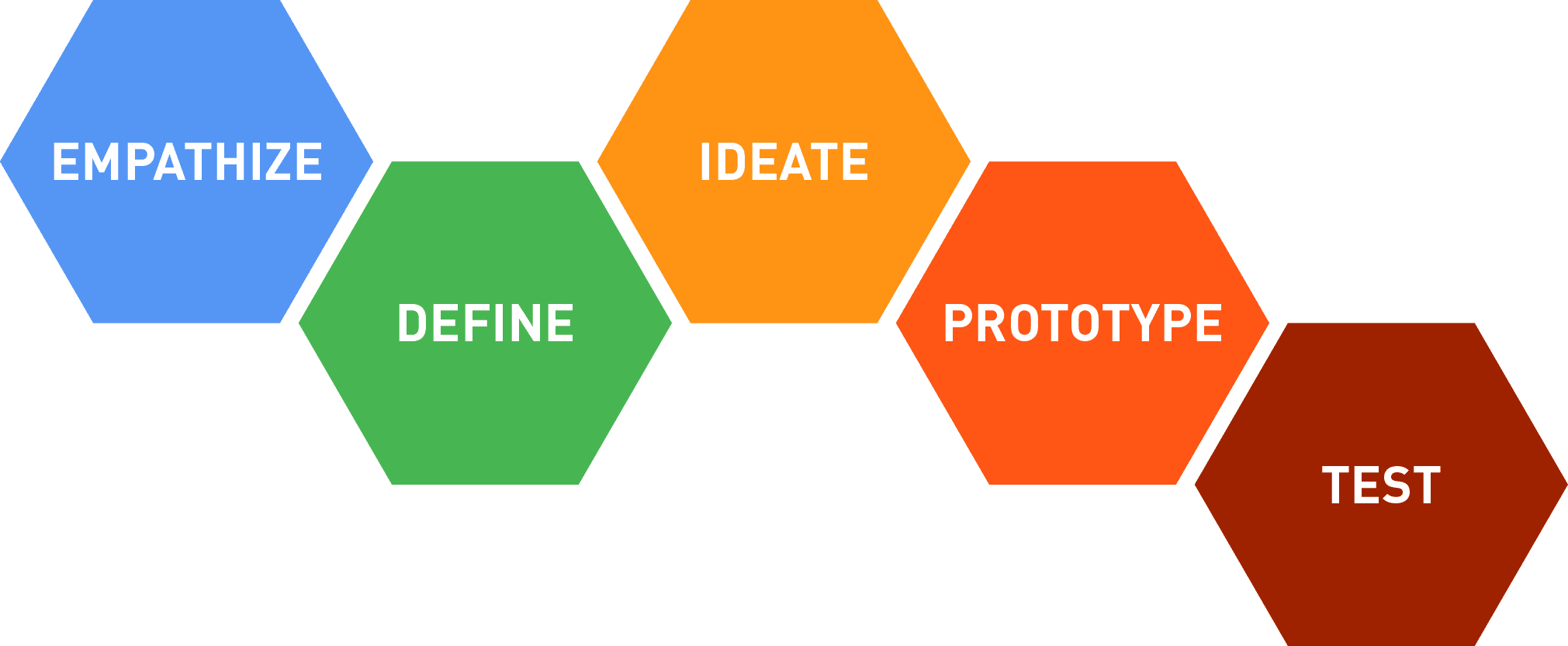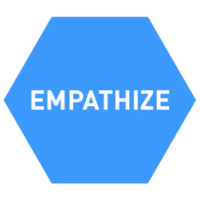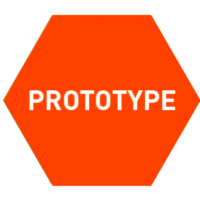Solving problems having to do with people can be tricky -- people are not all the same and it can be difficult to understand what they want and need. Design thinking is a good process for working on problems having to do with people (vs. something like engineering design which is better for thinking about things) because it starts with empathy and forces us to question what we think we know. We recommend using the design thinking process described below for this challenge.

Five Steps to Design Thinking

EMPATHIZE: Empathy refers to the ability to respectfully understand and share the feelings of another. The saying, "putting yourself in the other person's shoes" refers to the act of empathizing. Empathizing is the first step in design thinking because it asks us to set aside our own assumptions and examine at the problem and situation from the viewpoint of people experiencing the problem. We may find the problem is very different than we thought!
Tools for Empathizing and Learning: Interviews, Observation, Surveys

DEFINE: After we have examined what we think is a problem from the shoes of people directly affected, we can DEFINE the problem. Defining the problem is a very important step because it helps keep us focused on the needs of the people we empathized with in the first step. One way to define the problem is to develop a problem statement in the form of a sentence that you can keep in front of you through the rest of the design process.

IDEATE: With your problem defined, it's time to start coming up with ideas for solutions -- ideating! You can brainstorm with your team members to come up with all sorts of ideas for how you could solve the problem in a way that would meet the needs of your audience. No ideas are too big at this point!

PROTOTYPE: In this stage, we trying out ideas we came up with in the IDEATE stage to see which are feasible or possible, and if they actually address the problem we defined in the DEFINE stage. It's possible that through this process, our understanding of the problem might even change and we need to re-DEFINE our problem!

TEST: No, you aren't going to take a test on your solution! In this phase, you are going to test out some of the ideas you developed further in the PROTOTYPE phase. This could take some time and patience. Often, the TEST stage will send you backwards in the process to re-DEFINE your problem, IDEATE new ideas, and develop new PROTOTYPE solutions.
Design thinking is an iterative process, which means the steps may not always be done in order. Based on what you learn in any given step, you may have to go backwards to a previous step to rethink and revise your ideas. That's okay! The goal is to come up with the best possible solution to the problem for your audience or community.
Exploration
Now that you have developed a draft problem statement, let's really start to imagine some solutions to the problem you chose to focus on. Using a design thinking process organizer like this one, work with your team to develop some ideas for solutions.


